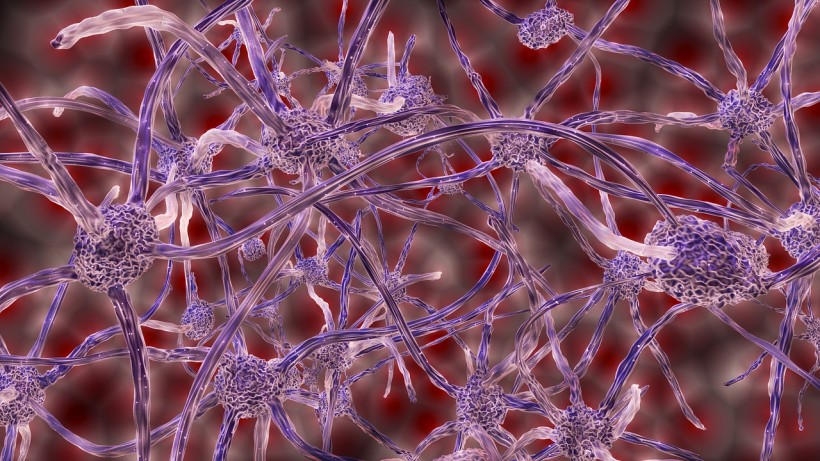The Swiss research group from NeuroRestore has identified the exact group of neurons stimulated by the electrical stimulation using mice as a model. Per Science Alert's report, researchers found that a mix of electrical stimulation and intense physiotherapy in nine people with chronic spinal injuries could restore their ability to walk.
All patients suffered from severe or complete paralysis due to damage to the spinal cord. Incredibly, the volunteers saw immediate improvements and continued to do so even five months after the therapy.

Electrical Stimulation on a Specific Group of Neurons Restored Ability To Walk in Paralyzed Patients
Zapping Neurons to Restore Ability to Walk
Due to the spinal cord injury, the neurons responsible for walking did not receive any commands that effectively turned it to become nonfunctional and led to permanent paralysis of the lower limbs.
Although a previous study has shown that electrical stimulation of the spinal cord is effective, it is unclear how this happened. So, neuroscientists tested a technology called epidural electrical stimulation in nine people with paralysis and an animal model.
They revealed a surprising family of neurons expressing the Vsx2 gene, which may not be necessary for healthy mice but is essential for the recovery of motor function after a spinal cord injury. Neuroscience News reports that scientists were able to visualize spinal cord activity while walking, leading to an unexpected finding that neuronal activity decreased during walking.
Scientists hypothesized that it was due to the neuronal activity being selective towards recovering motor neurons. In the first 3D molecular cartography of the spinal cord, they tested their hypothesis to observe the neuronal recovery process at the neuronal level.
The team found that spinal cord stimulation activates the Vsx2 neurons, and this group becomes increasingly crucial as the reorganization process unfolds.
READ ALSO: Paralyzed Man Speaks and Asks for Beer Using His Mind Through Microchip Brain Implant
Versatile Implant Opens More Targeted Therapeutic Opportunities
EPFL professor Stéphanie Lacour helped validate their findings with the epidural implants developed in her laboratory. They added LEDs that enabled the system to stimulate the spinal cord and deactivate the Vsx2 neurons through an optogenetic process.
They observed that the mice immediately stopped walking when the neurons were deactivated, but there was no effect on healthy mice. Researchers explain that this implies Vsx2 neurons are both needed and sufficient for spinal cord stimulation therapies to trigger reorganization effectively.
Neuroscientists must understand each neuronal subpopulation's specific role in a complex activity, such as walking. The new study's findings that describe how nine clinical-trial patients recovered some degree of motor function because of the implants give valuable insight into the reorganization process for spinal cord neurons.
Jordan Squair from NeuroRestore said this paves the way for more targeted therapeutic opportunities for paralyzed patients. Due to this, they can now aim to manipulate these neurons to regenerate in the spinal cord.
RELATED ARTICLE: Brain-computer Interface Accurately Translates Brainwaves Into Letters, Helping Paralyzed Patients to Spell Words
Check out more news and information on Neuroscience in Science Times.














